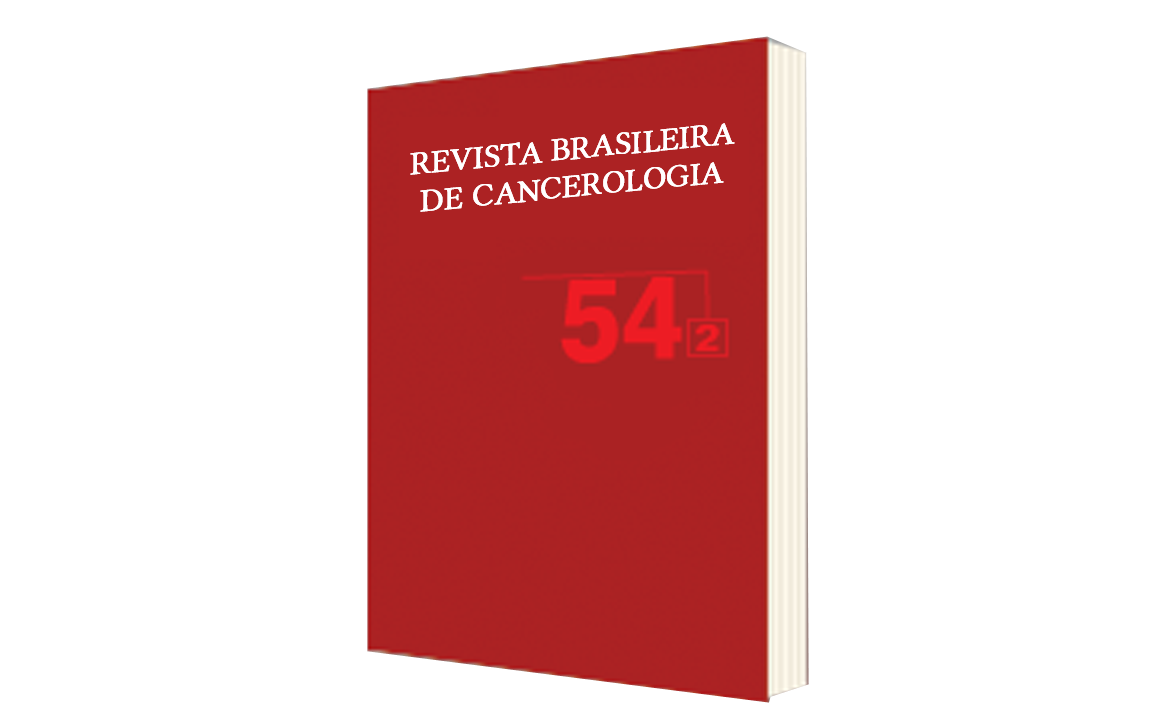Mieloma Múltiplo em Paciente com Imunodeficiência Secundária ao Vírus HIV - Relato de Caso
DOI:
https://doi.org/10.32635/2176-9745.RBC.2008v54n2.1743Palavras-chave:
Mieloma múltiplo, HIV, Neoplasias hematológicas, Síndrome de imunodeficiência adquiridaResumo
A síndrome da imunodeficiência adquirida (SIDA) causada pelo vírus da imunodeficiência humana (HIV) é uma pandemia nos dias atuais e, devido ao aprimoramento de seu arsenal terapêutico, os seus portadores estão sobrevivendo cada vez mais tempo. Essa mudança clínica está relacionada a um aumento na incidência de neoplasias malignas nos portadores deste vírus, principalmente o sarcoma de Kaposi e as hematológicas como os linfomas. Nesse relato, é apresentado um caso sobre o desenvolvimento de mieloma múltiplo associado às alterações imunológicas orquestradas pelo HIV. Devido ao quadro de imunodeficiência adquirida e sua agressiva evolução, este paciente obteve o diagnóstico de sua neoplasia tardiamente. O mieloma múltiplo é uma neoplasia maligna derivada da expansão clonal de plasmócitos maduros e que, ao contrário dos linfomas, constitui uma manifestação atípica desta infecção. Essa combinação patológica fornece importantes evidências para uma melhor compreensão da oncogênese do mieloma múltiplo, além de ressaltar a importância deste tumor como diagnóstico diferencial na imunodeficiência secundária ao vírus HIV.









